Raising Animals
Tools for Possibilities: issue no. 151
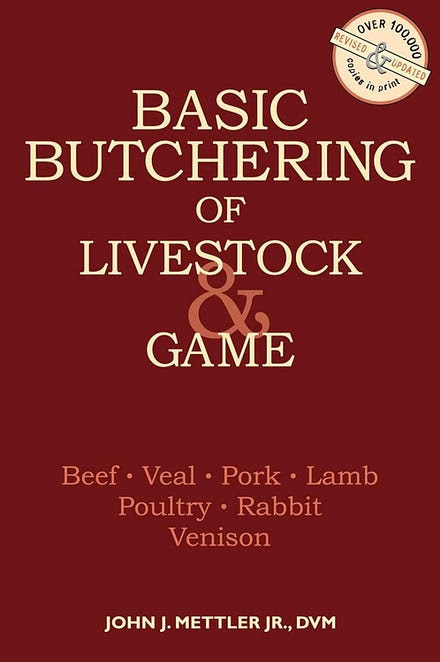
How to butcher
Basic Butchering of Livestock and Game
You can probably learn to butcher an animal better from watching a YouTube video than you can from reading text, but this classic book will help you evaluate what you see on YouTube. It gives you the context, reasoning, and background of the moves you see in the videos. It also gives you the instructions in clear text. I find it helps me sort out the cacophony of the different methods seen in amateur videos. Beef, pork, lamb, venison, rabbit and poultry are covered. And of course, if the Internet goes down, this clearly illustrated book is always there. — KK
- The animal must be killed quickly, with little or no pain, but more important is that death comes without fear. To allow an animal to become frightened at slaughter is not only cruel, but unwise, for it causes the release of adrenaline, which some believe can affect the quality of the meat. Also, fear may cause the animal to struggle, doing damage to its meat or injuring the person slaughtering. Select the method of killing that will upset the animal’s routine least, thus avoiding fear, and select a method that is sudden, thus avoiding pain.



Rabbit bible
Storey’s Guide to Raising Rabbits
For nearly 40 years this guide has introduced boy scouts, 4H-ers, homesteaders, survivalists, and pet keepers to the practicalities of raising rabbits. Now in a new 4th edition, it’s still the best manual for getting started with rabbits for food or show. — KK
- Watch carefully at feeding timeA good raiser watches stock closely at feeding time. While they are eating, run your hand over each rabbit. A rabbit that’s a bit bony should get more feed. If a rabbit hasn’t cleaned up its pellets something is wrong.To determine the cause of appetite loss, first check the water supply. Is the crock or jug empty? Is the valve plugged? Rabbits don’t eat when they are thirsty. They must have plenty of water. Most of the time a rabbit that isn’t eating isn’t drinking.

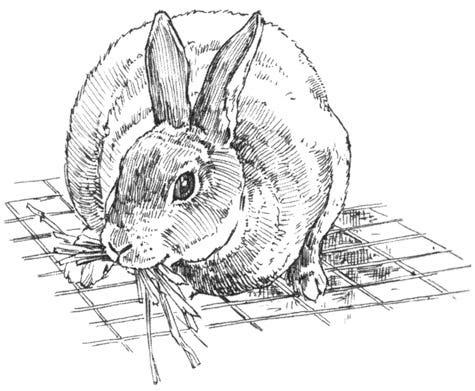
- The doe needs peace and quiet a few days before the litter is born and a few days after. Dogs and children can be particularly disturbing at this time. Upsetting the rabbitry routine can cause the doe to kill her young or abandoned them, so it it is vital that you keep things calm and quiet.You will, of course, be very curious to see the litter. If you have placed the nest box in the back of the hutch but in full view from the front, you will be able to see into it, and by the 31st day you should see a pile of fluffy fur toward the rear of it, moving slightly up and down.
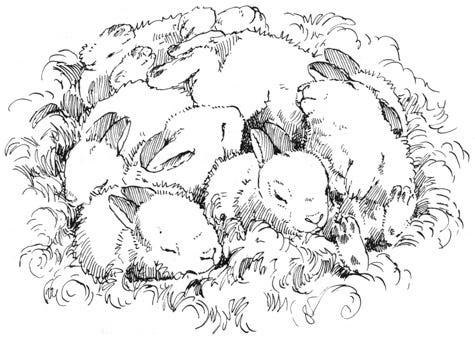
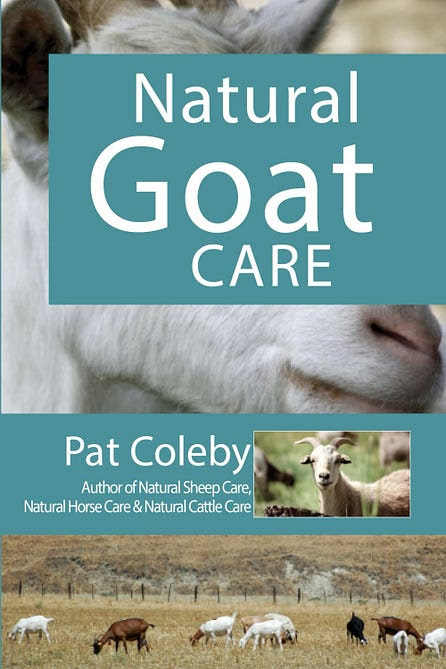
Guide to goats
On my little homestead near downtown Oakland, CA, I’ve dabbled in chickens, bees, turkeys, rabbits, and pigs (i.e. eggs, honey, meat, fur pelts, and wonderful manure for the garden). Recently the dabbling got a little more serious: two Nigerian Dwarf goats named Bilbo and Bebe (the one thing missing was milk; And I love milk. And goat cheese). Trouble was, I didn’t know anything about goats, what they eat, how they behave. Luckily, a goat herder told me about this guide published in Australia. It put my fears to rest.
With all of the other farm animals (including the pigs!), it’s mostly a matter of throwing down some food, making sure everyone has water and enough space, and we’re all good. Goats turned out to be way more complicated than any other animal on the farm. They have psychological needs. They have a rumen for digesting food. They can get sexually transmitted diseases. They have hooves that need to be trimmed. They are a long-term relationship, which — from day one — kept me up late at night worrying. With this guide, I’m far less worried. And now that Bebe is pregnant, in a few weeks we’ll have milk!
Bonus tip: I order all manner of goat-related items from Hoegger’s. — Novella Carpenter
- Homeopathic methods…Cider vinegar maintains correct pH in the body, which is probably one of the reasons it is so useful. Because of its potassium content, it is invaluable for all animals coming up to breeding.Mistletoe. This parasitic plant is a great tonic for goats, ell or ill. I pull it down from trees and feed it directly to my animals. Be warned, it turns the urine bright red for the next 24 hours–the goats have not developed bleeding kidneys.
- Kidding…The legs appear first and the kid’s nose will be level with its knees. If the head is turned back, it is a good idea to scrub up (short nails, clean hands and plastic gloves if the farmer’s hands are cut or scratched) and pull the head forward. The kid can be born with the head turned back, but it is not easy. Ease the kid out as the doe contracts and give it to her to wash and suckle or use whatever system of rearing has been planned. Each kid must have its ration of colostrum, the first thick milk that contains the antibodies for that kid.
- Psychological needs…All goats, particularly the older ones, should have names–ones that do not sound too similar. Goats soon learn to recognize their names hen called or reprimanded.
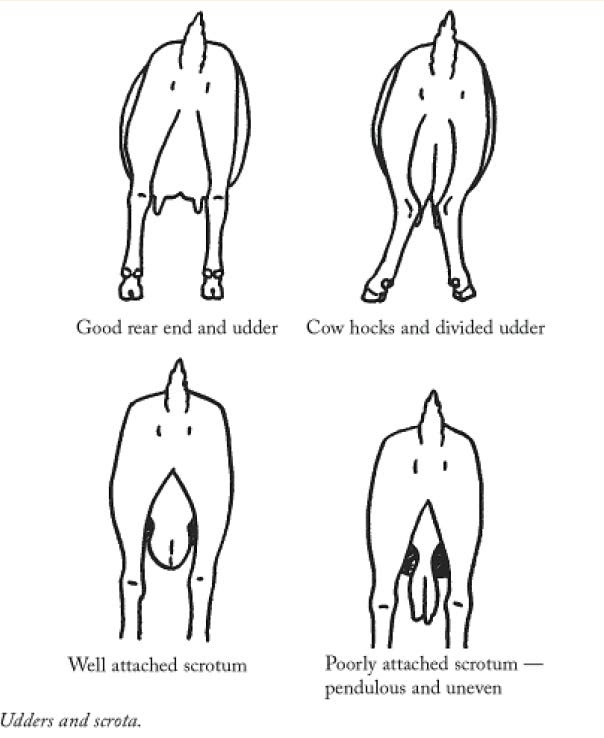
Once a week we’ll send out a page from Cool Tools: A Catalog of Possibilities. The tools might be outdated or obsolete, and the links to them may or may not work. We present these vintage recommendations as is because the possibilities they inspire are new. Sign up here to get Tools for Possibilities a week early in your inbox.
08/18/25





